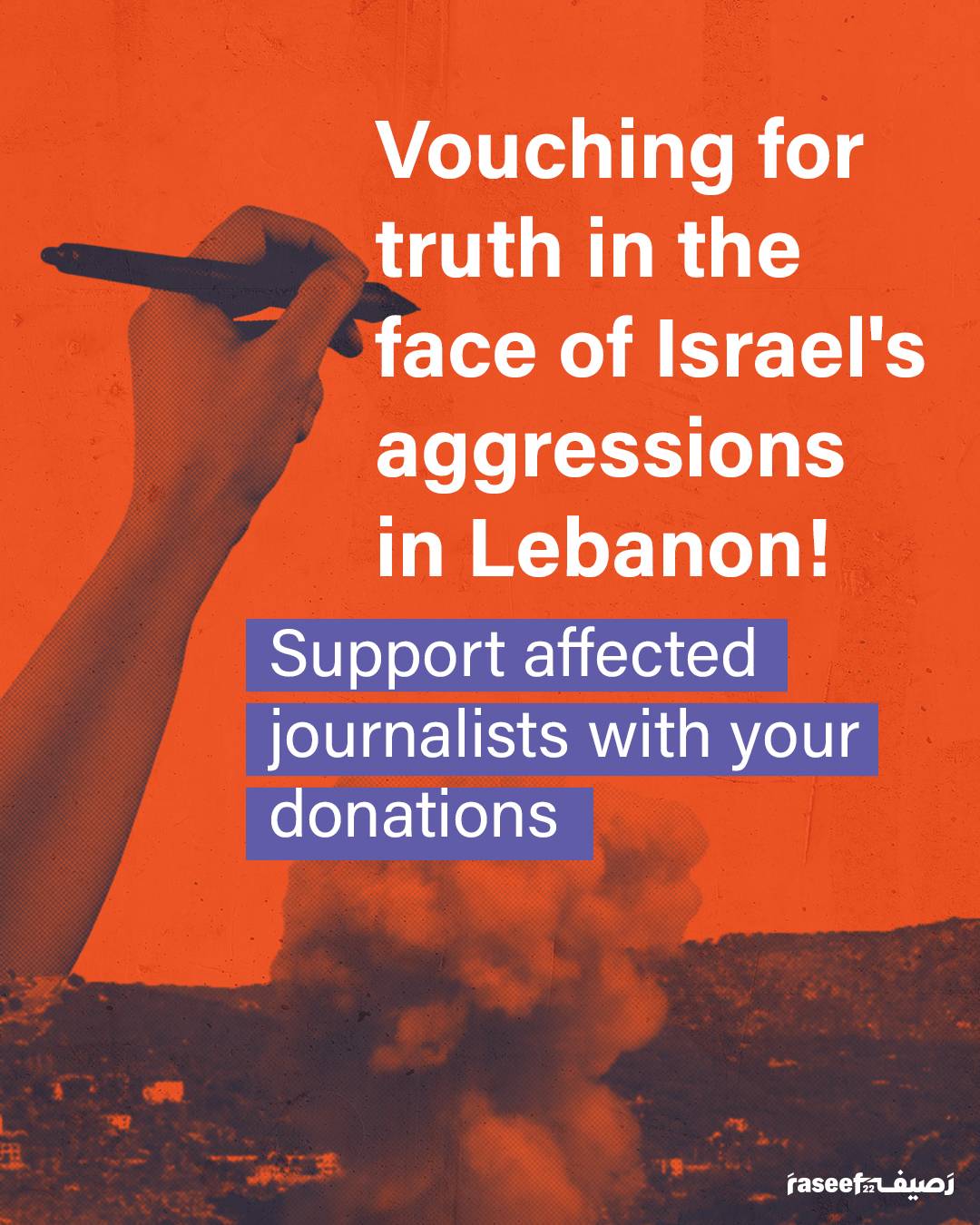“What does Hezbollah want?” This question has been haunting the party since its creation in the early 1980s. Over the years, both friends and foes have been asking: Do they want an Islamic Republic in Lebanon like the one Khomeini established in Iran? Or do they want a Shia-controlled area from Lebanon to Yemen? Or is it that want a revolution of the voiceless and oppressed Shia Muslims?
The recent Lebanese University incident involving Hezbollah students makes this question more pressing: What does the Party really want?
To answer the question, we should go back to the roots, to how Hezbollah fits into the historical narrative of the Shia power struggle in the Muslim world.
The last time in the history of Islam that a Shia dynasty held real power was under India's Qutb Shahi Dynasty during the 17th century — over 300 years ago, and outside the Arab world completely. More recently, the Qajar and Pahlevi dynasties both located in modern Iran, were also centers of power, but were under the influence of emerging modern states in Western Europe and later the Soviet Union. Additionally, these two dynasties failed to form a unified Shia power and remained weak — especially when compared to the Sunni power within the Muslim world.
Meanwhile, Sunni dynasties followed one another, until the last one, the Ottoman, ended a hundred years ago. Since then, power over the Muslim world was always Sunni in its majority such as in Turkey, Egypt, Saudi Arabia and Morocco, while Shia were dominated and marginalized across the Muslim world.
This narrative started to shift when Khomeini came to power with the Islamic Revolution in 1979, one that would begin to shift Shia power all over the Muslim world.
The creation of Hezbollah was seen in the beginning by both the Iranians and the party itself as an extension of the Khomeini revolution in Lebanon, a historical cradle of the Shia faith. Hezbollah’s existence gave a new kind of power to thousands of Shia in Lebanon. Attempts to rise up and resist began in Iraq as well, despite Saddam’s brutality.
We fast forward to today: Iran came out victorious from the nuclear deal, Hezbollah has a military presence in Syria, Iraq, Yemen and probably other countries. Iraq has been ruled by rather oppressive Shia governments since the fall of Saddam, and Shia militias are in control of many parts of Iraq and Syria. Hezbollah today has a substantial arsenal of weapons, even according to its staunch enemy Israel.
In less than 40 years, the Shia went from a struggle for survival, political and popular representation to becoming a dominant power in the region. Being a regional power in the Middle East means that you’re succeeding at playing politics. It is an undeniable fact today that both Iran and Hezbollah are playing the geopolitical game, and it seems that they’re quite good at it.
This coincided perfectly with the US and the West dusting off their last battles in the Middle East, just as Putin’s Russia is gaining unprecedented ground both politically and militarily for the first time since the fall of the Soviet Union, by creating a new authoritarian kind of capitalism. It was a marriage made in heaven, Putin is anti-American or so it seems, and so is Iran. Putin became the Iranian Godfather. Being Iran’s ally, Hezbollah knows that at least publicly, they need Putin to continue playing their geopolitical game in the region, despite the warm friendship between Putin and Israel.
Hezbollah and the Iranians, just like any smart politician, saw an opportunity for power and they grabbed it. But at what price will they hang on to it?
This is what Hezbollah wants and wanted on the political and strategic level: to first cut the chains of marginalization, and to exist, then to profit from the shift of power and put the Shia on the political map.
So far they succeeded, but Hezbollah’s power is not only historical or political, it is also social. We cannot talk about the social without talking about ideology, namely how the Party sees and enforces its own perception of the world on its population and on others, especially when we’re dealing with a multi-confessional state like Lebanon.
Back in 1979, upon his return to Iran, Khomeini said in one of his speeches that “we’re not afraid of sanctions. We’re not afraid of military invasion. What frightens us is invasion by western immorality.”
But what does this really mean, this fear of Western values? It means two very similar things:
- The fear from liberal ideas and impulses, mass consumption and unrestrained jouissance; fear of being attached too much to material objects and pleasures.
- Fear of Western freedom, of the atheist, secular, free-thinking European legacy.
Raseef22 is a not for profit entity. Our focus is on quality journalism. Every contribution to the NasRaseef membership goes directly towards journalism production. We stand independent, not accepting corporate sponsorships, sponsored content or political funding.
Support our mission to keep Raseef22 available to all readers by clicking here!
Interested in writing with us? Check our pitch process here!




